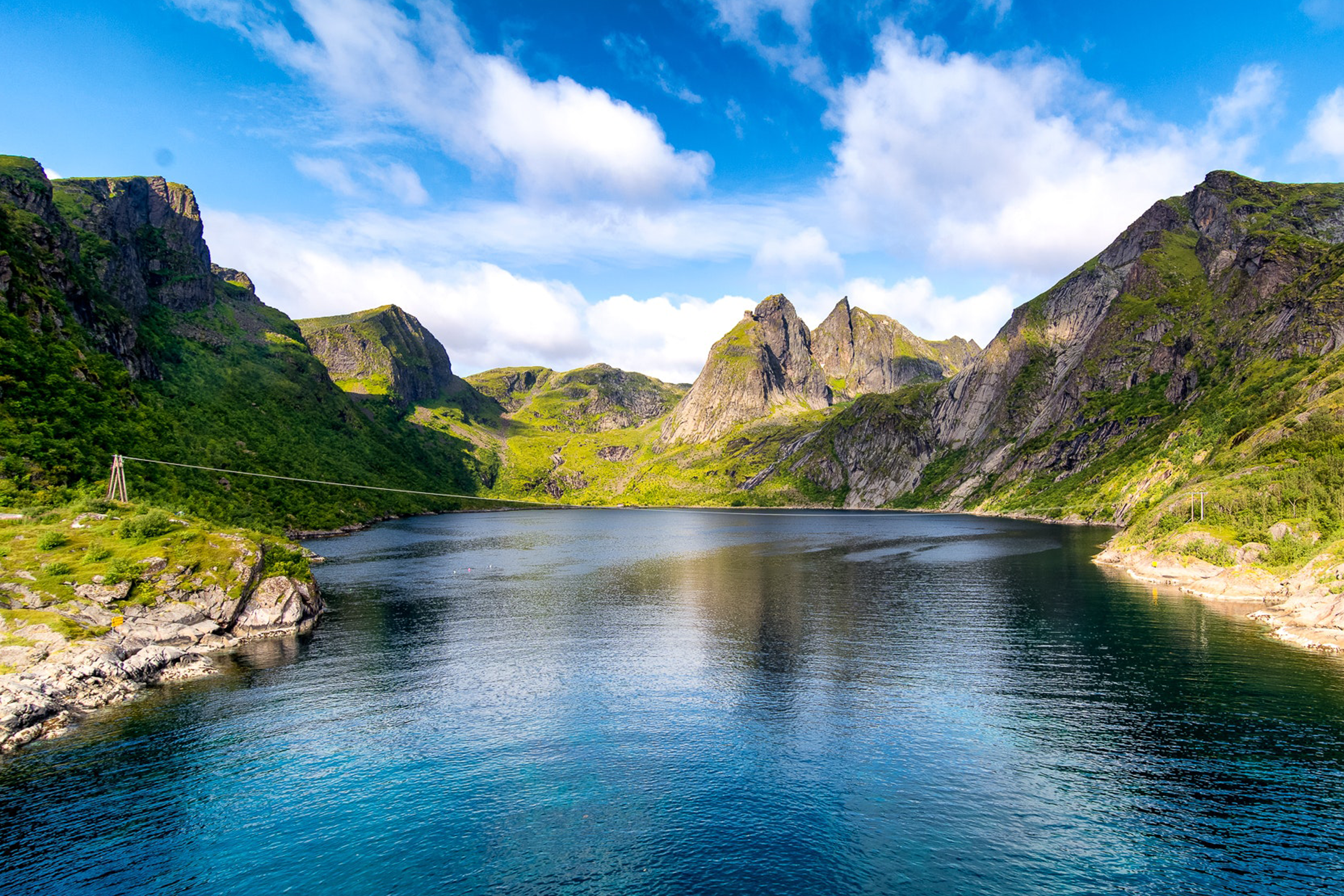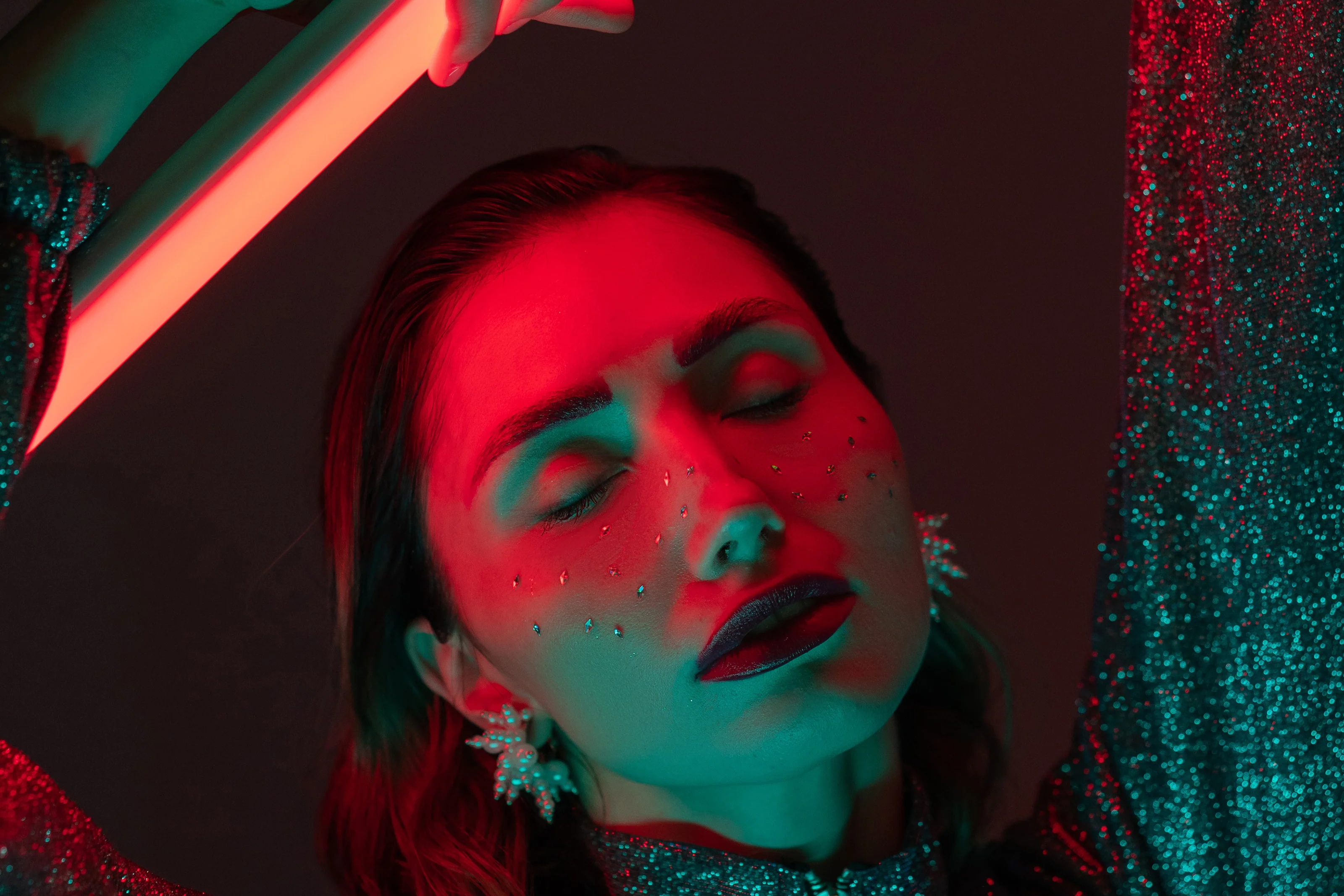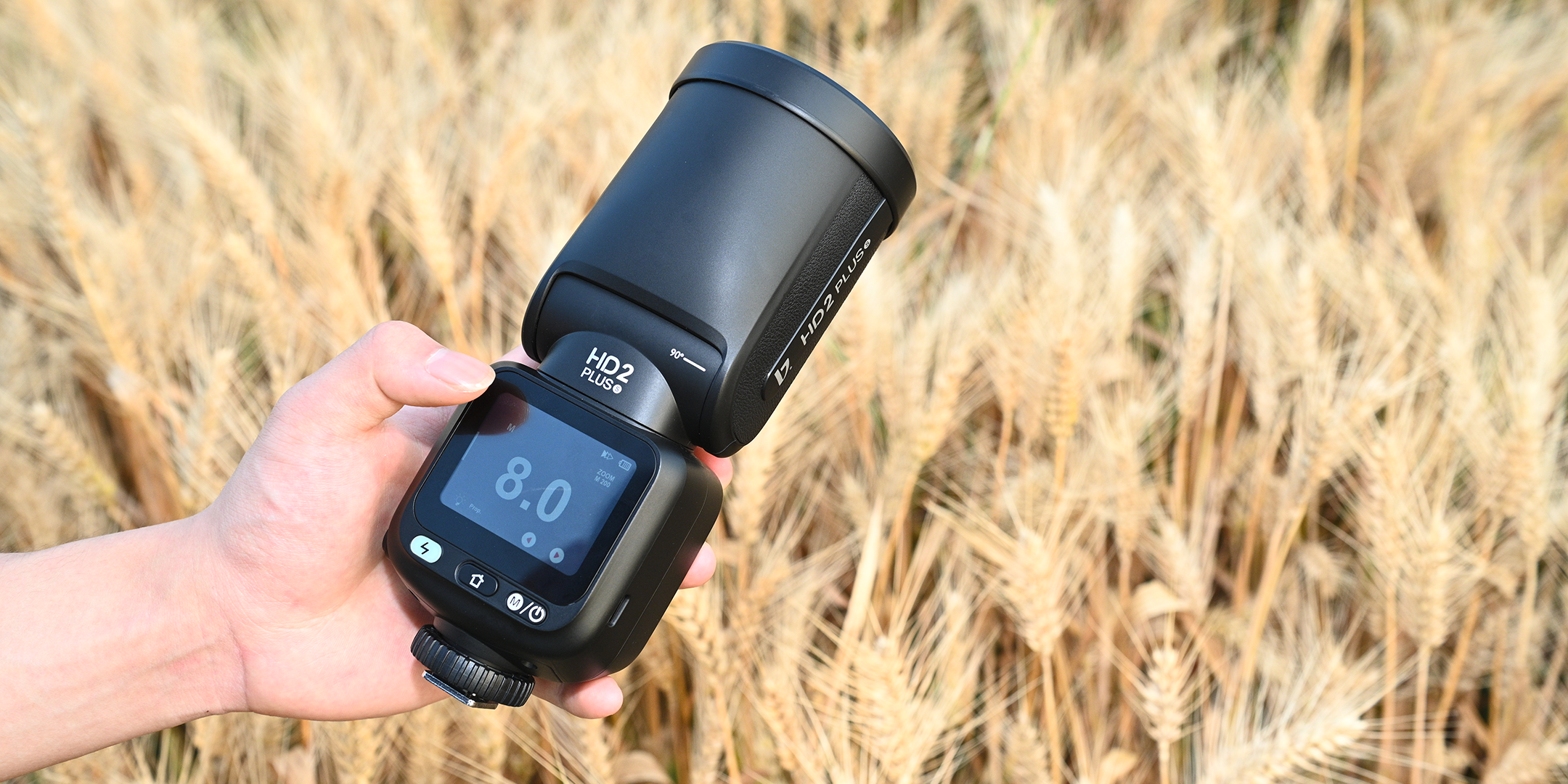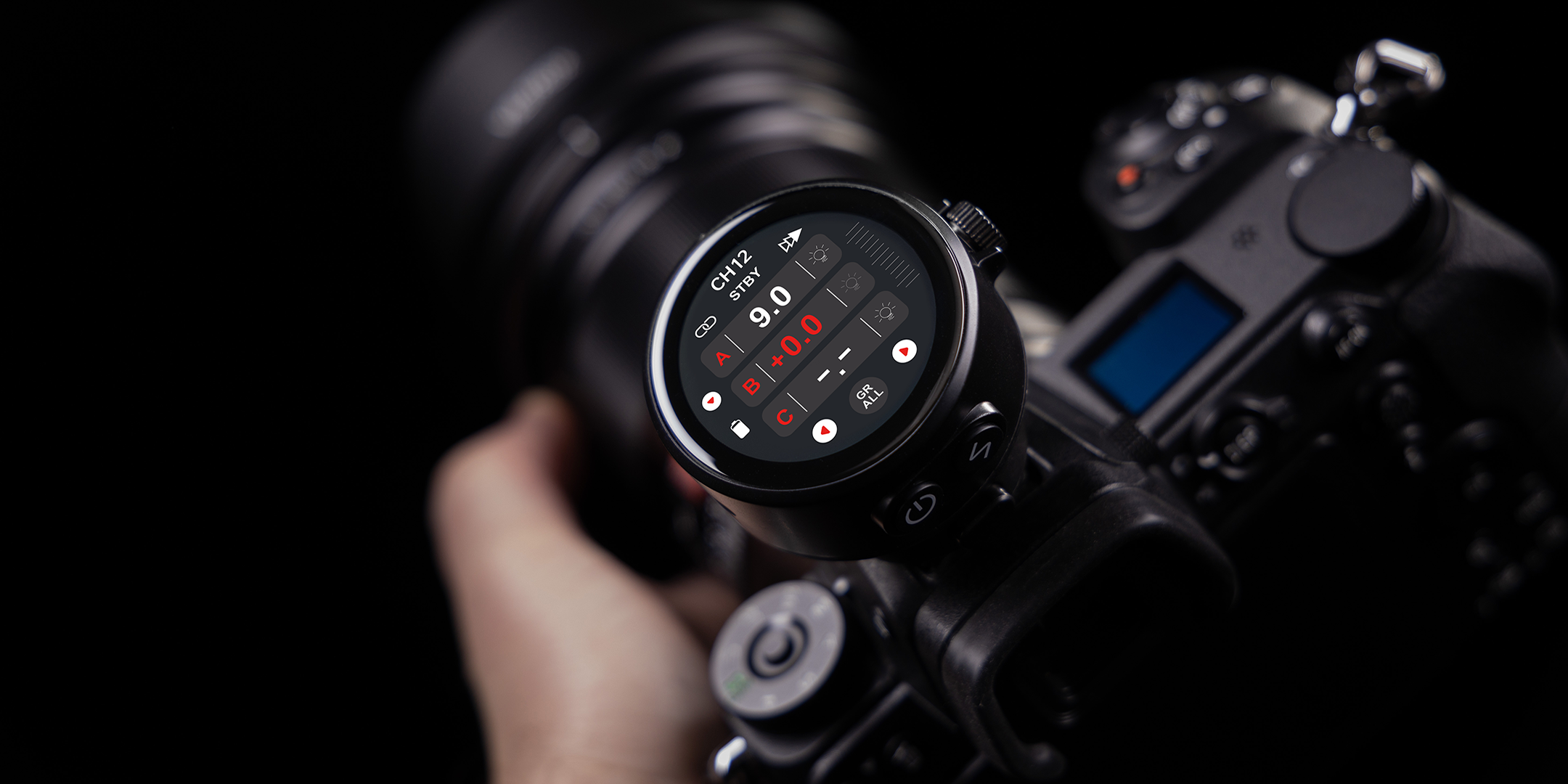Portrait format or landscape format that is an age-old question in photography that has always occupied everyone who does not photograph in the square 1:1 format. Especially in the landscape photography some struggle with the composition and, even after both variants have been recorded, cannot decide in digital post-processing which format is more suitable.
Is landscape format the default??
When you think of classic landscape photography, images in landscape format usually come to mind. In addition, they are already tempting design and haptics the camera tends to take pictures in landscape format. But that means that landscape the default is soft so that portrait , which is so popular for portraits, deviates from the norm
In fact, the structure of almost all digital cameras today is historical. When the first lightweight and portable cameras using 35mm film came out, technology made it easier to use the movie horizontally to continue winding in the housing of the camera. What was established back then is still valid today, but has less to do with the fact that it was the better or the right arrangement. The fact that many battery grips on modern cameras are equipped with a second shutter button that can be used when shooting in the portrait supported should be proof enough of that.

What is a format anyway?
The recording format of the camera simply describes the ratio of the longer to the shorter side of the sensor. In fact, as already described, it is historically conditioned that 3:2 format is the most common in photography. However, this does not mean that this format is the standard or has any advantage when composing images. Some photographers still yearn for that 4:5 format , as it is from the classic large format photography is known.Instead of questioning the veracity or value of a particular format, it's better to think about it composing images to do with the existing format. In a 16:9 video format, the crucial elements in the picture have to be positioned differently than in a square format or in a 4:3 smartphone format.
The format follows the existing structures
A certain landscape is characterized by its seemingly endless expanse. The ideal way to capture this aspect landscape but even better is one Panorama format , which visually stretches a scene and of course is reminiscent of the typical cinema format.
If a high mountain, a skyscraper or a waterfall is photographed, this is an option portrait after all, the format follows the circumstances here too, the gaze wanders along the structure and thus conveys one better impression of the dimensions .
Of course, it always gets interesting when photographers consciously play with the format and structures. Anyone who always follows supposed rules and photographs all the ups, downs and everything that aspires to the sky in portrait format may receive textbook pictures, but only rarely something that the own visual language or the own style expresses.

What aspects do I want to emphasize in the picture?
Increasing dimensions, showing contrasts, pointing out small details actually plays a part in these compositional aspects the format a crucial role. In addition to the format itself, the focus must of course also be on the focal length used. The wider a lens is, i.e. the shorter its focal length, the more the decision for landscape or portrait format affects the photo.So it's a Interplay of several elements , but it is also this diversity that helps photographers make a decision for or against a particular format.
Practice, practice, practice and ignore rules
Among the great advantages of digital post-processing heard that the format of an image can be changed with just a few clicks and that every change can be undone just as quickly. Photographers learn a great deal about themselves and their own imagery when they simply start with the pool of existing ones experiment with images , change the format and decide what your own style should be.Anything that works is allowed
Color and black-and-white, different focal lengths and also different formats took photographers far too long supposed rules , which are supposed to make photography easier, but thereby limit creativity and thus take away a large part of the fun of photography.
Is allowed, not only when it comes to the question of the format, what people like, but also what they like effect of an image supports. It also helps to know the rules, but only to be able to break them more purposefully.
If you too great shots did, please tag usInstagram andFacebook with the hashtag#jinbeiphotobox. We look forward to your results!





Teilen:
Textures in photography:how it works!
These tips will help you take perfect smartphone photos